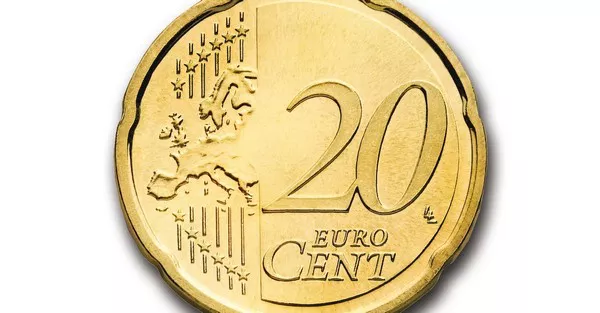Inflation is a key economic indicator that reflects the overall price level of goods and services within an economy. Understanding the drivers of inflation is crucial for policymakers, businesses, and consumers alike. In the European Union (EU), a complex interplay of factors influences inflation rates, shaping economic landscapes and policy decisions. This article explores the primary drivers of inflation within the EU, shedding light on the multifaceted forces that contribute to the region’s economic dynamics.
Demand-Pull Inflation:
Demand-pull inflation occurs when the aggregate demand for goods and services outpaces the economy’s ability to supply them. In the EU, this often stems from robust economic growth and increasing consumer confidence. When consumers and businesses become optimistic about the future, they tend to spend more, driving up demand for products and services. This heightened demand, if not met by a corresponding increase in supply, results in upward pressure on prices.
In recent years, the EU has experienced periods of economic expansion, fueled by factors such as low-interest rates and increased government spending. These conditions have contributed to demand-pull inflation, as consumers and businesses are more willing to spend, leading to higher prices for goods and services.
Cost-Push Inflation:
Cost-push inflation, on the other hand, is driven by rising production costs that are passed on to consumers in the form of higher prices. This can be attributed to factors such as increased labor costs, rising raw material prices, or supply chain disruptions. In the EU, fluctuations in global commodity prices, geopolitical events, and trade tensions can all contribute to cost-push inflation.
For instance, disruptions in the supply chain, as witnessed during the COVID-19 pandemic, have led to increased transportation costs and shortages of certain goods. These challenges can result in higher production costs, subsequently causing businesses to raise prices to maintain profitability. Cost-push inflation is a persistent concern for EU policymakers, as it requires a delicate balance between addressing economic challenges and maintaining price stability.
Exchange Rate Dynamics:
Given the multinational nature of the EU, exchange rate dynamics play a significant role in shaping inflation trends. Fluctuations in currency values, especially the euro, can impact the prices of imported goods and services. A weaker euro makes imports more expensive, contributing to inflation, while a stronger euro can have the opposite effect.
Trade relationships and external economic conditions also influence exchange rates. Trade tensions, global economic downturns, and changes in international monetary policies can all contribute to currency volatility. As a result, EU policymakers closely monitor exchange rate movements to anticipate and mitigate potential inflationary pressures.
Monetary Policy:
The European Central Bank (ECB) plays a pivotal role in shaping the EU’s inflationary environment through its monetary policy decisions. Interest rates, in particular, are a powerful tool for controlling inflation. When inflation is on the rise, central banks may opt to raise interest rates to cool down economic activity and reduce demand. Conversely, lowering interest rates can stimulate economic growth during periods of low inflation or deflation.
The ECB’s commitment to maintaining price stability, with an inflation target close to but below 2%, guides its policy decisions. Unconventional measures, such as quantitative easing and forward guidance, are also deployed to address economic challenges and ensure price stability within the EU.
Wage Growth and Labor Market Conditions:
Wage growth is a critical factor influencing inflation. When workers experience an increase in wages, their purchasing power rises, contributing to higher demand for goods and services. This increased demand can, in turn, lead to higher prices if the supply side of the economy does not keep pace.
The state of the labor market, including unemployment rates and labor force participation, also influences inflation. High levels of unemployment may exert downward pressure on wages, limiting the potential for demand-pull inflation. In contrast, a tight labor market with low unemployment rates can result in wage pressures, potentially contributing to inflationary trends.
See Also Why Is The Euro Stronger Than The Dollar?
Conclusion:
Understanding the drivers of inflation within the EU requires a nuanced examination of various economic factors. The interplay between demand and supply forces, cost dynamics, exchange rate movements, monetary policy decisions, and labor market conditions collectively shape the inflationary environment. As the EU continues to navigate economic challenges and uncertainties, policymakers must carefully balance these factors to ensure sustainable economic growth and price stability. A comprehensive understanding of these drivers is essential for informed decision-making and effective policy responses to maintain a resilient and dynamic economic landscape within the European Union.


